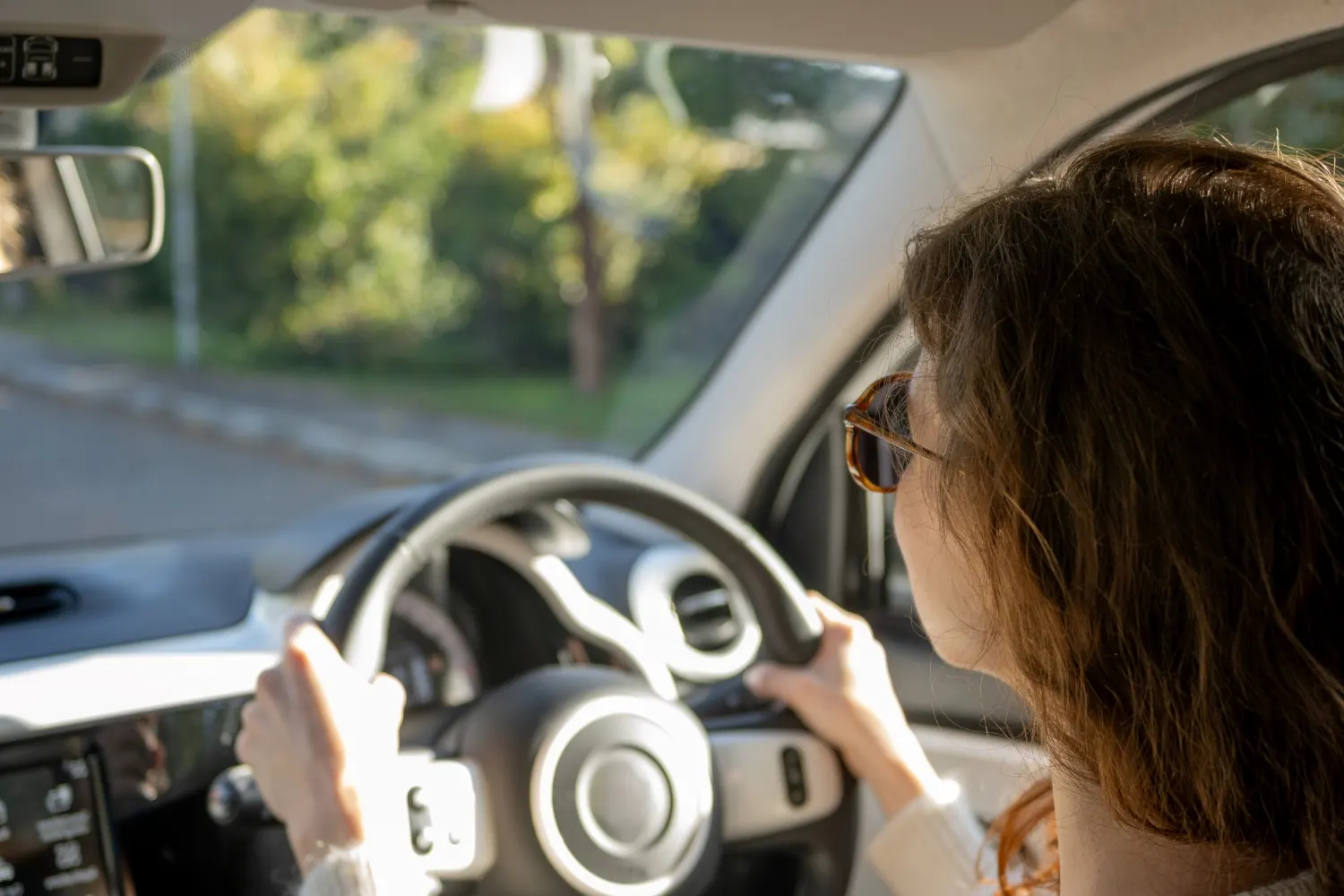A guide to the two charging types, and what they mean for electric vehicle users
If you’ve made the switch to an electric vehicle (EV)—or are considering it—you might have heard people talk about ‘AC’ and ‘DC’ charging. But is there a difference? And what do you need to know?
Put simply, AC and DC are two different types of electric current. AC stands for ‘alternating current’, while DC is short for ‘direct current’. While both AC and DC currents can help drivers to power up and get on the road, there are differences between them—with DC charging typically providing a faster charge. Below, we answer 7 questions for EV drivers.
How do EV batteries store energy?
While both AC and DC charging stations can be used to charge an EV, an EV’s battery will only ever store DC energy.
So, how is it possible to charge an EV using AC?
While EV batteries store DC energy, EV drivers can still use an AC charging point to power up and get on the move. That’s because a converter in the car will convert AC electricity into DC—allowing it to be stored into the battery.









